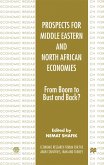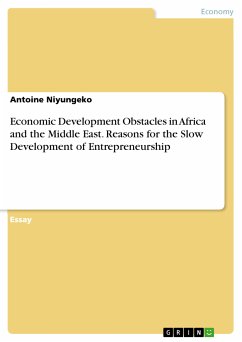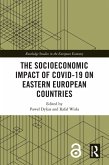Seminar paper from the year 2006 in the subject Economics - Case Scenarios, grade: 1,0, Otto Beisheim School of Management Vallendar, language: English, abstract: Outsourcing is defined here as the geographical split-up of a firm's value chain over national boundaries. It incorporates the procurement of intermediate inputs from a foreign location via imports that either takes place within a firm (intra-firm) or outside the firm in the form of arm's length transactions (inter-firm). Thus outsourcing may (optionally) be accompanied by vertical foreign direct investment. The intermediate inputs receive a value-added in the outsourced stage of the value chain. Subsequently, they require final assembly upon their return to the outsourcing entity. Therefore the phenomenon of outsourcing can be clearly separated from buying raw materials and trading final goods. The paper proceeds as follows: Section 2 relates the characteristics of outsourcing to trade theory. Different theoretical frameworks predicting the effects of outsourcing on factor-prices are presented along with their central assumptions. Additionally, they are put into perspective with regard to a conventional Heckscher-Ohlin framework. In section 3 the model-outcomes are confronted with reality by reviewing relevant empirical studies in the context of outsourcing to Eastern European countries. The findings of the previous sections are then - in section 4 - transformed into suggestions for the political agenda dealing with the labor market challenges resulting from a further EU integration. Section 5, finally, concludes on central insights of the paper and indicates directions for further research.
Dieser Download kann aus rechtlichen Gründen nur mit Rechnungsadresse in A, B, BG, CY, CZ, D, DK, EW, E, FIN, F, GR, HR, H, IRL, I, LT, L, LR, M, NL, PL, P, R, S, SLO, SK ausgeliefert werden.









